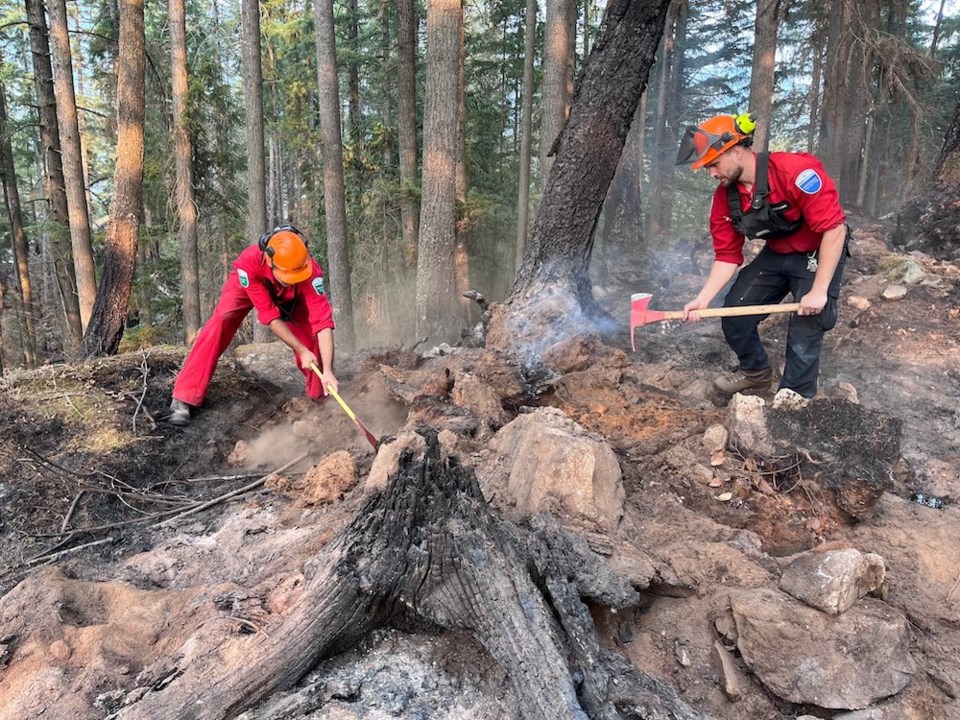Parts of Minnekhada Regional Park in Coquitlam look like a grey moonscape.
But the occasional flare up of flames in the wildfire that started Oct. 1 requires Metro Vancouver Emergency Services to stay on the scene to knock down hot spots.
It's a gruelling job in hot, smoky conditions.
Fortunately, the hard-working crew has another tool in the tool box to make sure the fire is completely out.
A thermal heat scan will be used in the coming days to detect hot spots that firefighters might not be able to see, the director of Metro Vancouver's Emergency Operations Centre told the Tri-City News.
"Thermal scans efficiently allow for a rapid assessment and examination of surface temperatures from the air over the 14 hectare site, and allows crews to quickly respond to hot spots that have the potential to burn hidden underground and reignite," said Brant Arnold-Smith.
The heat scan was planned for Monday (Oct. 17) but will now take place after rain, which is forecast to begin this Friday (Oct.21).
Meanwhile, Metro Vancouver wildfire crews have been effective in patrolling for and extinguishing hot spots, Arnold-Smith said.
To conduct a heat scan, a drone outfitted with a thermal camera is used to identify and map hot spots that crews may not otherwise be able to find through ground patrols.
In some instances, there may be no sign of smoke, fire, or other indicators.
However, a thermal scan can detect energy that crews can further investigate.
Meanwhile, conditions remain extremely dry and Minnekhada Regional Park remains closed.
At #Minnekhada Regional Park, Metro Vancouver wildfire crews have been effective in patrolling for hot spots. Conditions remain extremely dry. A thermal heat scan that was planned for today will now occur after the upcoming rain. @cityofcoquitlam @CityofPoCo pic.twitter.com/VvElRG057i
— MVRD Emergency Services (@metrovanemerg) October 17, 2022





